Sewer backups in a crawl space can be a major headache for homeowners. These backups occur when the sewer system becomes overloaded and can’t handle the volume of wastewater, causing it to flow back up through the pipes and into the crawl space. This can lead to unpleasant odors, property damage, and potential health hazards. Cleaning up a sewer backup in a crawl space can be a daunting task, but it is essential to prevent further damage and ensure the safety of your home and family. Here, we will discuss the steps for sewage cleanup in the crawl space and provide some tips to prevent it from happening again.
Contents
What is Sewage Backup?
A sewage backup results from the sewer system being overloaded with water and waste. This can happen due to heavy rainfall, a blockage in the sewer line, or a malfunctioning septic system. When the sewer system overflows, the sewage can back up into your crawl space, causing a mess that must be cleaned immediately.
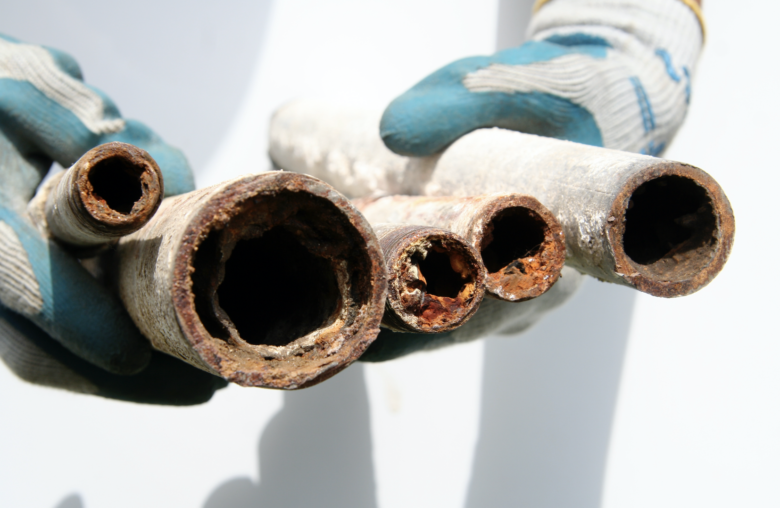
Source: maeser.com
Identify the Cause of the Backup
Before you start cleaning up, you need to identify the cause of the sewer backup. The most common causes include clogged pipes, tree roots infiltrating the sewer lines, and damaged pipes. It’s crucial to determine the cause to prevent future backups from happening. If you need clarification on what’s causing the problem, it’s best to call a professional plumber to inspect the sewer lines.
Step 1: Turn Off the Power
The first step in sewage cleanup in the crawl space is to turn off the power to the affected area. Sewage water is a conductor of electricity, and electrocution is risky if the power is not turned off. The power should only be turned off at the breaker box or the primary power source. If you need help turning off the power, it is best to call a professional.
Step 2: Wear Protective Gear
Before entering the crawl space, it is important to wear protective gear to prevent exposure to sewage and other hazardous materials. This gear should include gloves, eye protection, a face mask, and protective clothing. The protective clothing should be made of materials that can be easily cleaned or disposed of after the cleanup process.
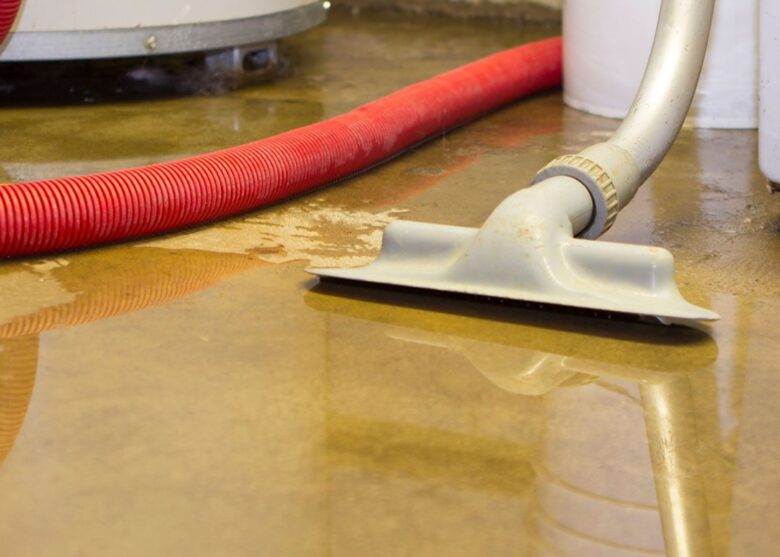
Source: familyhandyman.com
Step 3: Remove Standing Water
The next step is to remove any standing water from the crawl space. This can be done using a wet/dry vacuum or a pump. Removing as much water as possible is essential to prevent further damage and make the cleanup process more accessible. If the water is too deep, calling a professional to pump it out may be necessary.
Step 4: Clean and Disinfect
Once the water has been removed, it is time to clean and disinfect the affected area. This can be done using a solution of bleach and water. It is essential to wear gloves and protective clothing while cleaning to prevent exposure to sewage. The area should be thoroughly cleaned and disinfected to avoid mold and bacteria growth.
Step 5: Dispose of Contaminated Materials
Any materials contaminated by the sewage should be disposed of properly. This includes carpet, drywall, insulation, and any other porous materials. These materials should be placed in a plastic bag and disposed of according to local regulations. It is important to remember that contaminated materials pose a health risk and should be handled carefully.
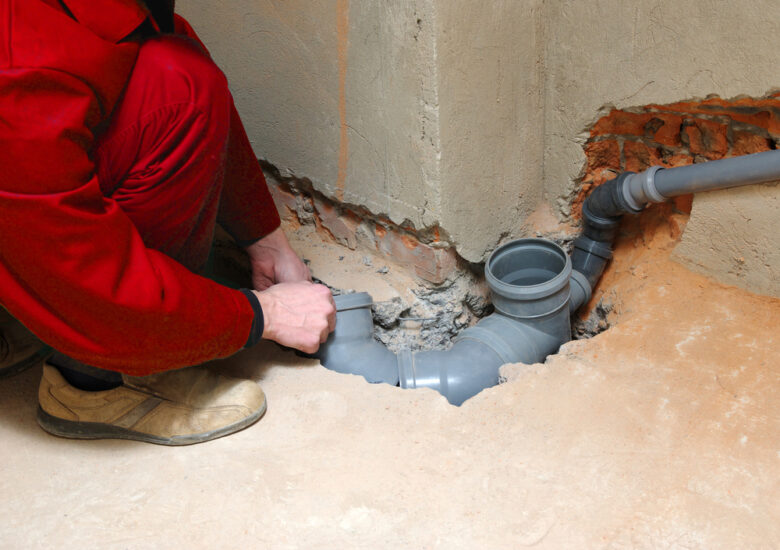
Source: catesheatingandcooling.com
Step 6: Dry the Area
Once the area has been disinfected, it’s crucial to dry it thoroughly. Use fans, dehumidifiers, or open windows to improve air circulation and speed drying. It’s essential to dry the area thoroughly to prevent the growth of mold and bacteria. Check the site regularly to ensure it’s completely dry before repairing any damage.
Step 7: Repair Any Damage
Sewer backups can cause extensive damage to your property. Once the area has been cleaned and disinfected, inspecting for any damage is crucial. Check for any signs of water damage, such as water stains, peeling paint, or warped wood. Repair any damaged areas and replace any damaged insulation. If the sewer backup has caused damage to your electrical or HVAC systems, call a professional to repair them.
Tips to Prevent Sewage Backup in the Crawl Space
Preventing sewage backup in the crawl space is essential to avoid the risks and damages associated with it. Here are some tips to prevent sewage backup in the crawl space:
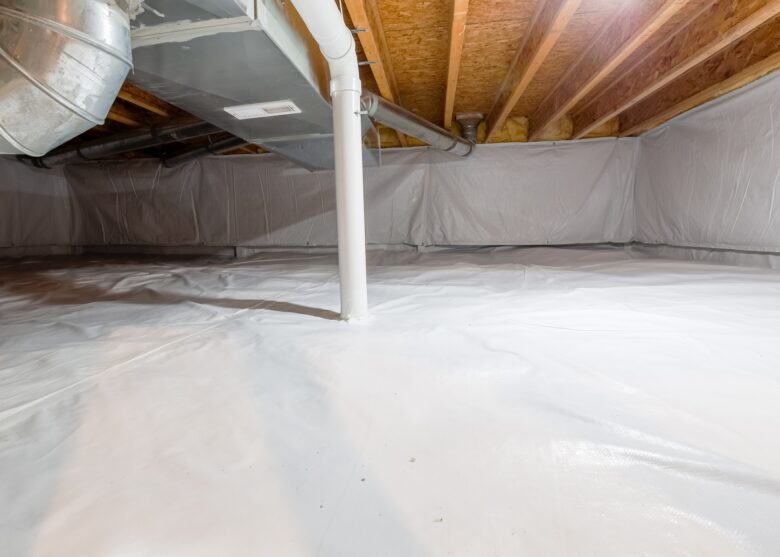
Source: hunker.com
1. Regular Maintenance:
Regular maintenance of your sewer system is crucial to preventing blockages and backups. It includes scheduling regular inspections and cleaning the sewer line. Regular reviews help identify potential problems before they become significant issues. A professional plumber can perform a video inspection of the sewer line to identify any damage, cracks, or blockages in the line. Regular cleaning of the sewer line can prevent the buildup of debris and grease that can cause blockages.
2. Install a Backflow Preventer:
A backflow preventer is a device that is installed on the sewer line to prevent sewage from flowing back into the crawl space. The backflow preventer allows the sewage to flow in one direction but prevents it from flowing in the opposite direction. This device is essential, especially if you live in an area with frequent heavy rains or floods, which can cause the sewer system to back up.
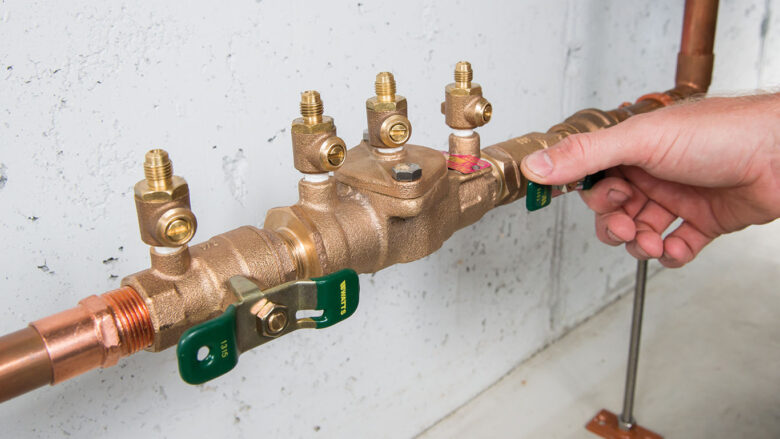
Source: wattsnz.co.nz
3. Dispose of Waste Properly:
Proper waste disposal is essential to prevent sewage backup in the crawl space. Disposing of waste properly is important, as is avoiding flushing items that can clog the sewer line. Diapers, feminine hygiene products, and wipes should not be flushed down the toilet as they do not break down easily and can cause blockages in the sewer line.
Cleaning up sewage backup in the crawl space can be daunting, but it is essential to act fast and clean up the mess as soon as possible. It is also necessary to take preventative measures, such as regular maintenance, installing a backflow preventer, and proper waste disposal, to avoid future sewer backups.
